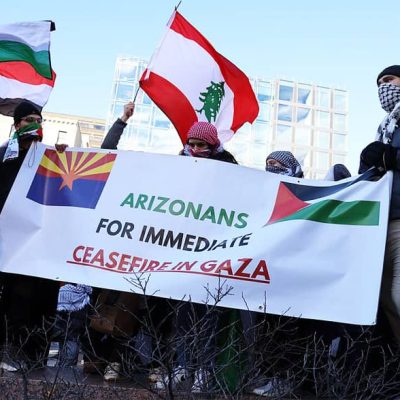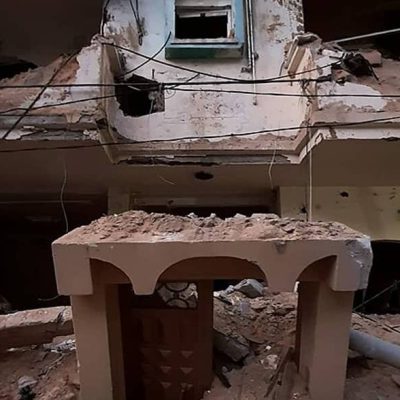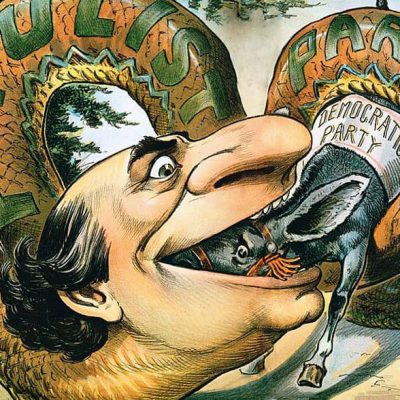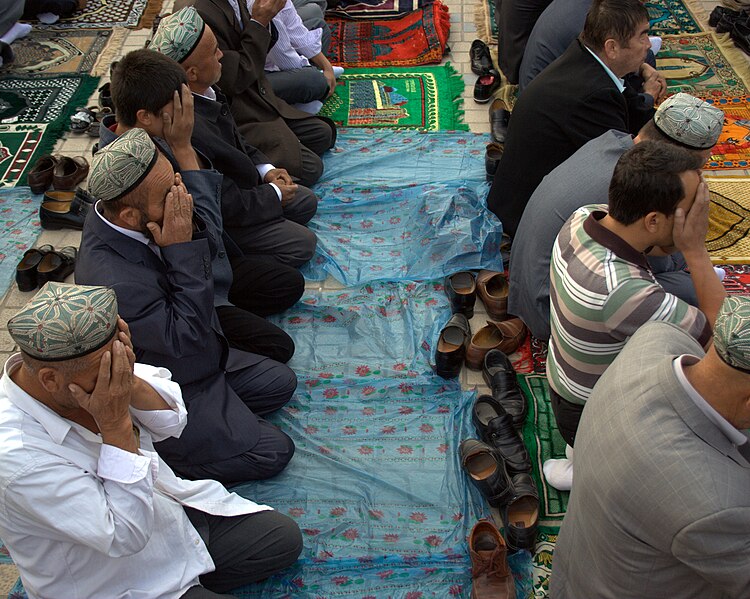 Appeals
Appeals
Education in Tibet.
Featured Image: Foto de 和 平 en Unsplash.
17 Feb 2023 – Three United Nations Human Rights Council Special Rapporteurs have recently highlighted the quality and methods of education of Tibetan students. Farida Shaheed; Special Rapporteur on the Right to Education, Fernand de Varennes, Special Rapporteur on Minortiy Issues, and Alexandra Xanthaki, Special Rapporteur in the field of Cultural Rights; first expressed their concern in a private letter to the U.N. Mission of China in Geneva.
This is the standard procedure of first trying to discuss an issue with the authorities of the State concened. Therefore, when the reply of the government is non-existent or superficial; then the Special Rapporteurs can “go public” either in their report to the Human Rights Council or with a press release as is the case with Tibetan education.

Farida Shaheed, Pakistani sociologist and women’s rights activist (2016). By Wotancito, CC BY-SA 4.0 <https://creativecommons.org/licenses/by-sa/4.0>, via Wikimedia Commons.
The 6 February 2023 U.N. Press Release quotes fully the statement sent to the Chinese Mission. The Special Rapporteurs highlighted the one million Tibetan school children sent far from home to be in residential boarding schools. The Special Rapporteurs are:
» very disturbed that in recent years the residential school system for Tibetan children appears to act as a mandatory large-scale programme intended to assimilate Tibetans into majority Han culture, contrary to international human rights standards…. This increase in the number of boarding Tibetan students is achieved by the closure of rural schools in areas which tend to be populated by Tibetans and their replacement by township or county-level schools which almost exclusively use Putonghua in teaching and communication.”
Putonghua is the official name for what is usually called “Mandarin Chinese.”
Re-Education.
Recently, there has been more international media and governmental attention given to the repression and “re-education” of the largely Muslim Uighur. Less attention has been given to policies in Tibet, but from the Chinese government position, the issues are very similar. In both cases, an ethnic minority is a majority population in a large frontier area. In both cases, the population in question is bound together by a common religion: Islam for the Uighur, the Tibetan Buddhist tradition for the Tibetans.
The Chinese government is fearful that groups advocating violence will influence the Uighur as there are a good number of such Muslim advocates in Central Asia and the wider Middle East. The major external influence on the Tibetans is the Dalai Lama, and he has repeatedly stressed non-violence in activities, including protests of Chinese government policy. Thus the government’s greater fears of violence among the Uighur. Repression has focused not only on students but on adults as well.
Sakya Monastery, Tibet. Sakya Monastery was founded in 1073, by Konchok Gyelpo and is situated about 130 km west of Shigatse on the road to Tingri. By I, Luca Galuzzi, CC BY-SA 2.5 <https://creativecommons.org/licenses/by-sa/2.5>, via Wikimedia Commons.
Crackdown on Buddhism in Tibet?.
The name of the game.
Finding the right balance between maintaining alive a minority culture through education in the minority language and the need for education in the national language is not easy to find. Education in English has served to develop “American population” in the U.S.A.
The languages of the American Indian tribes has been reduced to folklore. Finding the right balance for Tibetan students will not be easy to develop even if there were no political issues at stake. However, politics is “the name of the game.”
Public statement on the education of Tibetan students.
The U.N. Human Rights Council has a number of Special Rapporteurs devoted to certain sensitive themes or to specific countries. These Special Rapporteurs are independent experts selected by the Council. They are not members of the Secretariat and are not paid, but their expenses are covered when in Geneva or on mission. The idea for the creation of the Special Rapporteurs was to give them as much independence as possible from pressure of both governments and the U.N. Secretariat. The U. N. Special Rapporteurs public statement on the education of Tibetan students will draw new attention to an issue which merits being closely watched.
René Wadlow, President, Association of World Citizens.

Presidente, Asociación de World Citizens (AWC).
Cursó Estudios de Relaciones Internacionales en La Universidad de Chicago.
Cursó Estudios en el Programa Especial de Civilización Europea en
La Universidad de Princeton
Here are other publications that may be of interest to you.
Prevenir la expansión del conflicto de Gaza: ¿Son posibles las brigadas de paz?
Antony Blinken, el secretario de Estado de Estados Unidos, ha estado nuevamente en Medio Oriente trabajando para evitar que la violencia de la Franja de Gaza se extienda a gran…
Ciudadanos del Mundo Piden un fin Inmediato a las hostilidades entre Israel y Hamás, y por un esfuerzo auténtico de construcción de Paz en Oriente Medio.
Imagen destacada: El impacto del bombardeo israelí sobre un edificio civil en Gaza (2021). Por Osama Eid, CC BY-SA 3.0 https://creativecommons.org/licenses/by-sa/3.0, via Wikimedia Commons. La Asociación de Ciudadanos del Mundo,…
Transformación del Populismo en Europa y las Américas: Historia y Tendencias Recientes.
Imagen de portada: Caricatura de juez de 1896 que muestra a William Jennings Bryan/Populismo como una serpiente que se traga a la mula que representa al Partido Demócrata. Por la…
Día Internacional de los Océanos.
Imagen destacada: Foto de Marek Okon, Unsplash. Es necesario avanzar en las delimitaciones marítimas asiáticas. . El 8 de junio ha sido designado por la Asamblea General de las Naciones Unidas como…
Siria: El Comienzo de una noche de dolor.
Featured Image: Photo by Ahmed akacha: https://www.pexels.com/es-es/foto/gente-demostracion-rally-protesta-7183546/ Por Rene Wadlow. El 13 de marzo de 2011 en Derra, en el sur de Siria, 15 adolescentes fueron arrestados por la policía…
Yemen: Aún se necesita Acción Positiva.
Imagen destacada: El Reino Unido acogió la reunión de Amigos de Yemen el 27 de septiembre de 2012 en Nueva York junto con los coanfitriones del Reino de Arabia Saudita…
Medidas para crear Confianza en Asia-Pacífico: Revertir la Deslizamiento hacia la Violencia.
Imagen destacada: Foto de wu yi, Unsplash Con los militares estadounidenses y chinos comprometidos cerca de Taiwan, un error de cálculo podría conducir a la violencia armada. El conflicto armado en…
Enfoque de la ONU sobre las consecuencias del Cambio Climático.
Imagen destacada: Foto por William Bossen, Unsplash El 20 de marzo de 2023, el Panel Intergubernamental sobre el Cambio Climático (IPCC) publicó un Informe de síntesis basado en sus tres informes…
Medidas efectivas para proteger nuestros océanos
Imagen destacada: Foto por Dave Hoefler, Unsplash. El 4 de marzo de 2023, en las Naciones Unidas en Nueva York, se dio un paso importante hacia la protección de los océanos…
Ruido de Sables en el Mar de China Meridional.
Imagen destacada: El USS John S. McCain realiza una patrulla de rutina en el Mar de China Meridional, el 22 de enero de 2017. El destructor de misiles guiados apoya…












